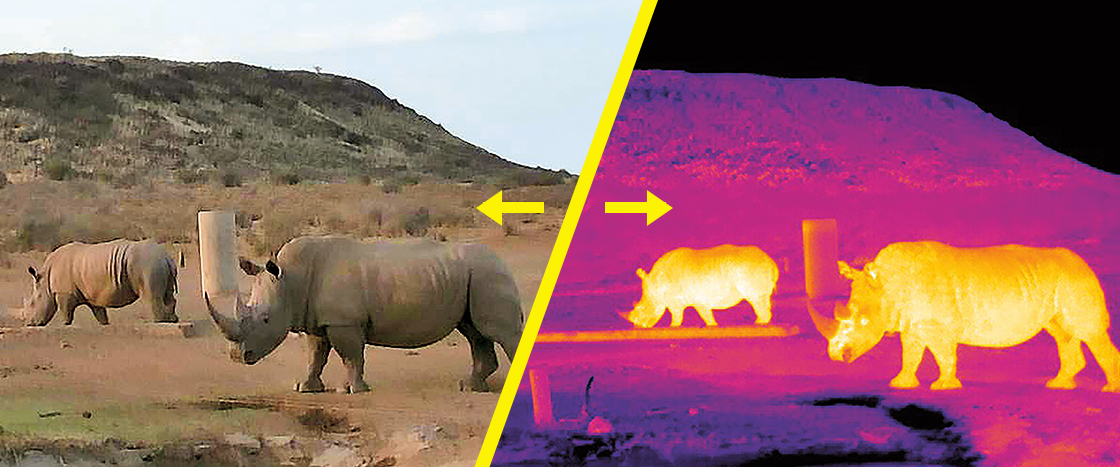Scientists Serge Wich and Steven Longmore decided that they would look to the stars to help save species here on Earth. Wich studies ecosystems. Longmore studies stars and other objects in space. They installed special infrared cameras on remote-controlled aircraft to track endangered species in their natural habitats. The cameras are similar to those used by Longmore to study stars. They detect animals based on the heat their bodies generate.
“For best results you have to fly your camera drone early in the morning before the sun has had a chance to heat up the ground and the environment,” says Longmore. “We send the videos to colleagues who are skilled at finding and identifying animals in the footage.”
Scientists Serge Wich and Steven Longmore help save endangered species. Wich studies ecosystems. Longmore studies stars and other space objects. Together, they installed special cameras on remote-controlled aircraft. The cameras use infrared technology. The cameras track endangered species in their natural habitats. Longmore uses similar cameras to study stars. The cameras detect animals by their body heat.
“You have to fly your camera drone early in the morning, before the sun heats up the environment,” says Longmore. “We send the videos to colleagues who can find and identify animals in the footage.”

